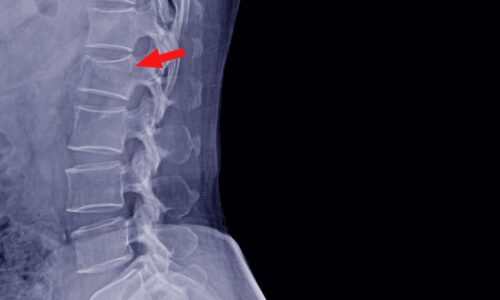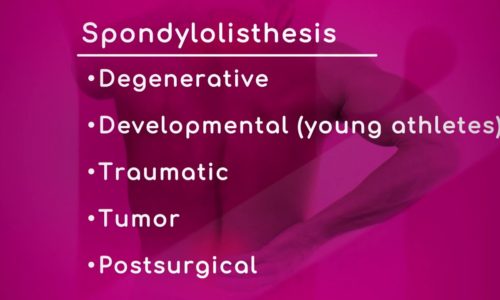Overview of Scoliosis |
Jessica Hixon, Physician Assistant with Miami Orthopedics and Sports Medicine Institute, explains scoliosis is a twist in the spine, where the curve is on the back view. For noticing if there is scoliosis, she suggests seeing if there is a difference in the shoulder height, in the waste or the hips, and you might see a bump on the back.
Nervous system problems, idiopathic, inherited conditions differences in leg lengths, and tumors are some of the causes of scoliosis. Hixon points out idiopathic means scoliosis happens spontaneously with no real known cause, and this is actually the most common type of scoliosis.
Transcript
So Jessica I know you have a 3d image to kind of explain this a little further what we’re seeing here and how this works yes so this is a scoliosis spine so normally the spine is straight in this picture and on the side view you’re supposed to have an S you have the hunch and the curve and the lower back and basically what scoliosis is a twisted bear where the curve is now on the back view and you’re seeing here the curve here and you always are gonna have a compensatory curve or a second curve because otherwise you would turn to the side so this helps still keep you straight up and down okay and what sort of symptoms might you notice and when would with a child to think like this might be an issue what do you what do you see so you’ll notice a difference in the shoulder height you’ll also notice maybe a difference in the waist or the hips and then you might see a bump on the back okay and so is that what are some causes of scoliosis what it is born with it is it hereditary is it environmental what are we looking at here idiopathic what does that mean so in EO Pathak is basically means we don’t know why it happens it’s something that happens spontaneously with no real known cause and this is actually the most common type of scoliosis okay and nervous system problems what is that so scoliosis can be a neurogenic scoliosis meaning that the the curvature is caused by the way the brain is speaking to the body and this is common in cerebral palsy for example where the the brain is causing muscle tightness in an imbalanced way okay so you can inherit it is this something from generation to generation or so inherit it is funny do although most scoliosis is idiopathic there has been some evidence that families that have had scoliosis those children are more likely to happen you








